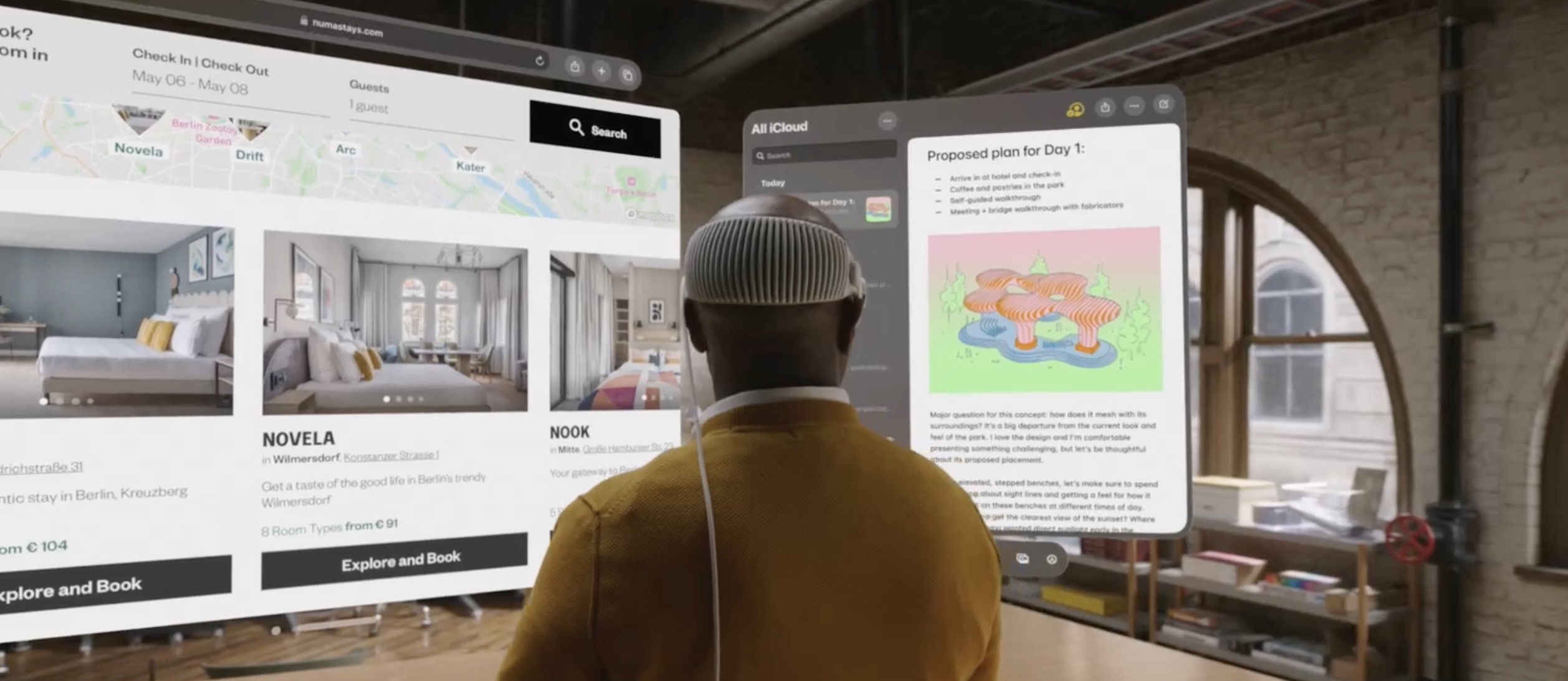Apple Vision Pro will define yet another category
I think Apple’s highly priced Mixed Reality headset, is actually going to be a runaway success. The initial VisionPro might not be the mass market product, but over time we will see the Vision Air, the Vision Pro 2 with longer battery life, etc.

But that is not why Apple’s Vision product line will be successful, those are just factors that will make it more available and help grow the market over time.
Let us go back to how my journey in Virtual Reality started. In the mid 90’s, I was working with Virtual Reality. At the time the entry point was a $0.5M (about $3.7M in today’s currency) desk-side Silicon Graphics Onyx Infinite Reality workstation with enough raster managers, memory, and CPUs. The VR headset was about $50K (~ $370K in today’s currency).
The hardware was expensive, but the work needed to build virtual environments was very costly compared to their benefit, which meant there was only a range of high value scenarios where they could be applied. The long tail of applications was unaddressable for several reasons, not just the cost of hardware, but the custom work needed to be done around each of them.
With Vision, Apple is building the foundation for a platform that is already integrated with all of the applications and data you use in your daily Apple ecosystem, with a new immersive user interface paradigm to interact with it.
In the short term I am less excited about consumer use cases, but more interested in the business applications – where a headset with a vertical application for construction, real estate, and industrial applications, or in the medical space, where a $3.5K headset (and a high performance graphics computer) plus software applications might make up a fraction of the alternative cost.
Add to these industry verticals, the ability for generative AI models to (in a matter of minutes on a device like this) generate a completely new virtual environment or impose a new one on the real world, compared to hundreds or thousands of hours of work of modeling and programming.
Apple’s timing for this device could not be better. Numerous companies have played with Virtual Reality and Augmented Reality models and tried to find a combination of business models and Product Market Fit. I think Apple is on a path to position themselves well and benefit from the market and product iterations done by Meta, HTC, Microsoft, Magic Leap and others, and to create the first really integrated hardware and software platform to build Mixed Reality applications.
For now, personally I would get an Apple Vision Pro headset just to have the lightest, most portable and biggest display for the work I do remotely on all my travels.

